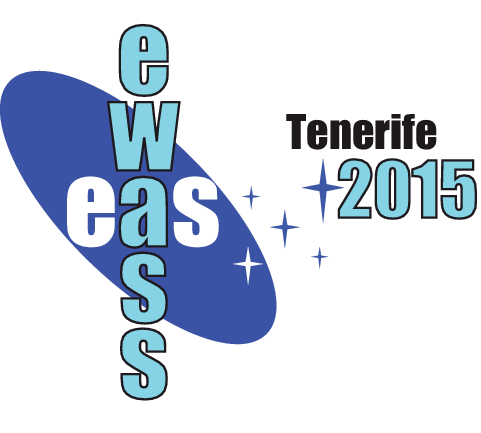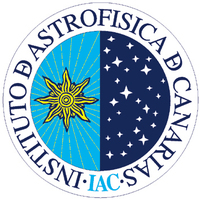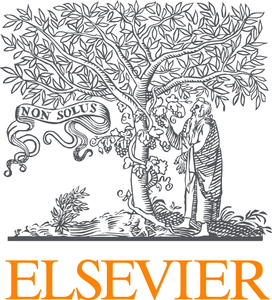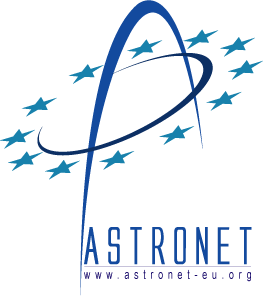
|
Special Session Sp22
26 June 2015
Theory and Observations of the First Galaxies
Thanks to deep NIR imaging from both Hubble/WFC3 (e.g. XDF, CANDELS, and now the Frontier Fields) and VISTA (e.g. UltraVISTA and VIDEO) it is now possible to observationally identify and characterise galaxies well within the first billion years of the Universe's history over a wide range of luminosities and environments. More recently, ALMA has also begun obtaining observations of these sources revealing the nature of the ISM in these nascent galaxies and throwing up challenges for galaxy formation modelling. In the near future the first direct detections of the Epoch of Reionization by LOFAR and other ongoing large experiments are expected. Numerical simulations and detailed modelling of the reionization epoch are crucial for reliable interpretation of those detections, for deriving the numbers, clustering and properties of the reionization sources and understand the structure formation at high-z.
Programme Invited speakers Scientific organisers Contact Updated on Wed Nov 19 09:37:09 CET 2014
|
||||||||||||||||||||||||||||
|
EWASS 2015 : European Week of Astronomy and Space Science |
|||||||||||||||||||||||||||||
 A power cut will shut down all EAS services on Tuesday, 10 January 2017 starting at 7:30 CET.
A power cut will shut down all EAS services on Tuesday, 10 January 2017 starting at 7:30 CET.


















